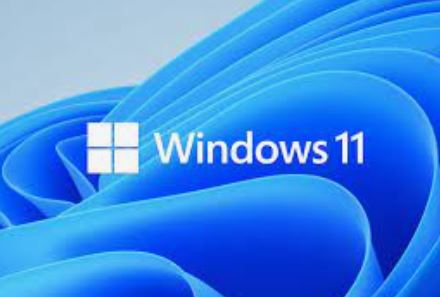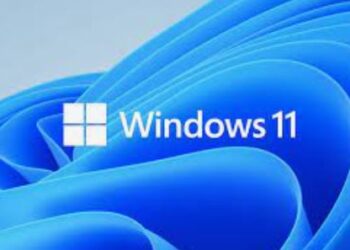- Introduction
- Start Menu and Taskbar Customization:
- Snap Layouts and Snap Groups:
- Virtual Desktops:
- Microsoft Store Enhancements:
- Widgets in Windows 11:
- Gaming Improvements:
- Focus Sessions and Productivity Features:
- Touch, Pen, and Voice Input:
- System Requirements and Compatibility:
- Explore the Settings App in Windows 11:
- Conclusion
Introduction
Microsoft has recently unveiled Windows 11, the next iteration of its popular operating system. Packed with new features, a refreshed interface, and improved performance, Windows 11 aims to provide users with a more intuitive and seamless computing experience. Whether you’re a long-time Windows user or new to the ecosystem, here are some tips and tricks to help you make the most of Windows 11.
Start Menu and Taskbar Customization:
The Start Menu in Windows 11 has received a significant redesign. You can now center it on your screen or move it to the left if you prefer the classic look. Right-clicking on the Taskbar allows you to access various customization options, including changing the size of the icons, rearranging or adding new icons, and enabling the Task View feature for improved multitasking.
Snap Layouts and Snap Groups:
Windows 11 introduces new window management features that make multitasking a breeze. Snap Layouts allow you to organize multiple windows into predefined layouts, making it easy to arrange your applications side by side. You can access these layouts by hovering over the maximize button of any window. Additionally, Snap Groups remember the apps you were using together and let you restore them in the same layout, perfect for resuming work quickly.
Virtual Desktops:
If you often work with multiple projects or like to keep your personal and professional tasks separate, virtual desktops can be a game-changer. Windows 11 allows you to create multiple virtual desktops and switch between them effortlessly. To create a new desktop, click on the Task View icon on the Taskbar and select “New Desktop.” You can then drag and drop windows between different desktops.
Microsoft Store Enhancements:
The Microsoft Store in Windows 11 has been rebuilt from the ground up, offering a more curated and user-friendly experience. You’ll find a wider range of apps, including popular titles like Adobe Creative Cloud and Microsoft Teams. Moreover, Windows 11 introduces support for Android apps through the Microsoft Store, expanding the ecosystem even further.
Widgets in Windows 11:
Widgets are back in Windows 11, providing you with personalized news, weather updates, calendar events, and more at a glance. To access the widgets, click on the Widgets button on the Taskbar or simply swipe from the left side of the screen. You can customize the widgets to show the information you care about most and resize them to fit your preference.
Gaming Improvements:
For gamers, Windows 11 brings several enhancements. DirectStorage technology allows faster game load times, while Auto HDR enhances visuals for a more immersive experience. The new Xbox app integrates Xbox Game Pass, enabling you to access a vast library of games right from your desktop. Windows 11 also introduces support for DirectStorage-compatible NVMe SSDs, providing gamers with faster storage options.
Focus Sessions and Productivity Features:
Windows 11 includes productivity features designed to help you stay focused and organized. Focus Sessions, powered by Microsoft Teams, lets you set dedicated work time and blocks distractions. The redesigned Microsoft Edge browser offers improved performance and productivity features like vertical tabs, a built-in password manager, and improved PDF annotation tools.
Touch, Pen, and Voice Input:
Windows 11 is optimized for touch and pen input, making it ideal for devices like tablets and 2-in-1 laptops. The new virtual keyboard provides a seamless typing experience, while gestures and multi-touch gestures make navigation more intuitive. Windows 11 also includes voice typing, allowing you to dictate text and control your device with voice commands.
System Requirements and Compatibility:
Before upgrading to Windows 11, ensure that your device meets the minimum system requirements. Windows 11 introduces TPM 2.0 and Secure Boot as mandatory features, which may require hardware upgrades for older devices. Microsoft provides a compatibility checker tool to help you determine if your system can run Windows 11.
Explore the Settings App in Windows 11:
Windows 11 brings a redesigned Settings app that is more streamlined and user-friendly. Take some time to explore the various options and configurations available. From system settings to personalization, privacy, and security, the Settings app allows you to fine-tune Windows 11 to your preferences.
Conclusion
Windows 11 is an exciting update that brings a fresh look and new features to the Windows ecosystem. By familiarizing yourself with these tips and tricks, you can enhance your productivity, personalize your experience, and unlock the full potential of Microsoft’s latest operating system. So go ahead, dive into Windows 11, and enjoy the enhanced computing experience it offers.






